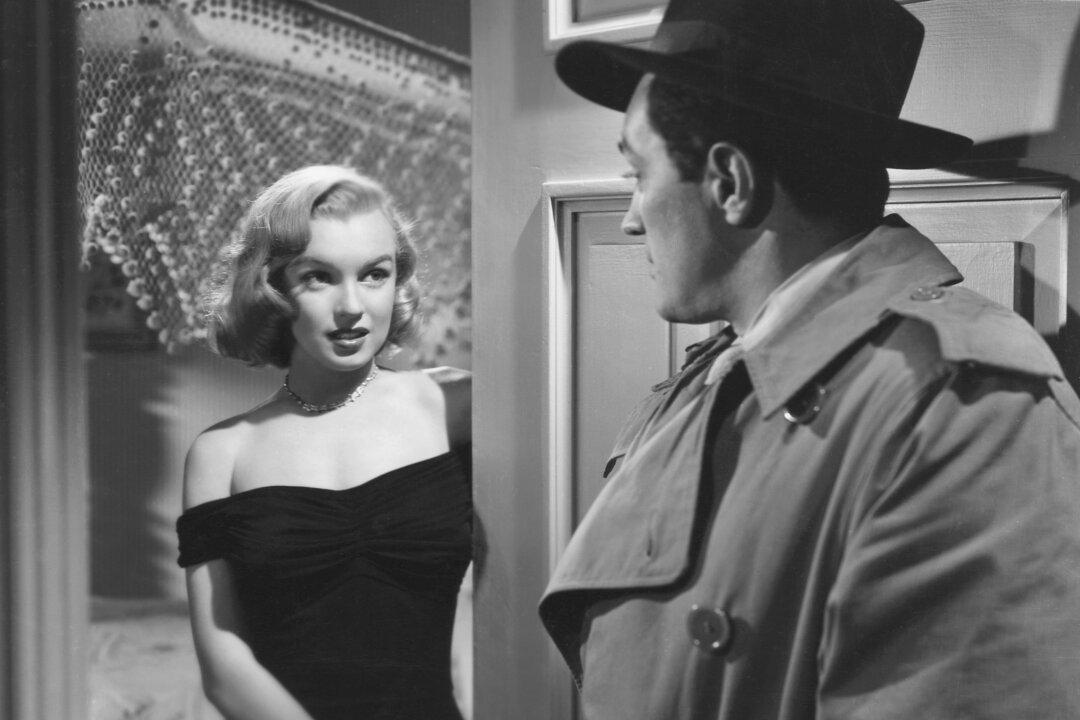“Film noir,” the classic genre of crime and mystery films, isn’t usually considered uplifting. However, these films can be very entertaining and sometimes, surprisingly, inspiring. One such film is “The Asphalt Jungle” (1950).
‘The Asphalt Jungle’ (1950): What Is Film Noir?
Popcorn and Inspiration: Films that uplift the soul

Marilyn Monroe in the film noir classic "The Asphalt Jungle." It was her big break into Hollywood. From the May 1961 issue of TV-Radio Mirror. Public Domain
|Updated:
Tiffany Brannan is a 24-year-old opera singer, Hollywood historian, vintage fashion enthusiast, and journalist. Her classic film journey started in 2016 when she and her sister started the Pure Entertainment Preservation Society to reform the arts by reinstating the Motion Picture Production Code. Tiffany launched Cinballera Entertainment in June 2023 to produce original performances which combine opera, ballet, and old films in historic SoCal venues. She's written for The Epoch Times since 2019 and became the host of a YouTube channel, The Epoch Insights, in June 2024.
Author’s Selected Articles





